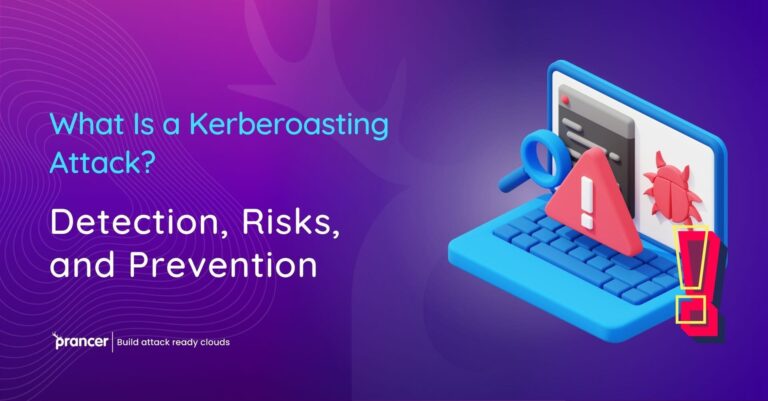In the sophisticated world of cybersecurity, ensuring data protection is essential. As Application Programming Interfaces (APIs) interconnect the web of digital platforms, they’re not just conduits of convenience but potential entry points for cyber adversaries. The rise in cyber threats targeting APIs has made API security tools an indispensable line of defense. In this article, we deep-dive into the functionalities of the 2023 API security tools, spotlighting Prancer’s vital role and the invaluable contribution of automated penetration testing.
The Criticality of API Security Tools
The proliferation of APIs in modern technology ecosystems amplifies the importance of effective API security tools. Their role is not merely preventive but reactive and proactive. The increasing complexity of cyber threats demands a robust defense mechanism, and here’s why:
- Authentication and Authorization: A primary function of API security tools is to ensure rigorous authentication and authorization. They act as gatekeepers, ensuring data accessibility only to recognized entities.
- Data Protection: API security tools ensure data remains encrypted, both during its transit across networks and while it’s stored, preventing unauthorized access or leaks.
- Proactive Scanning: To combat the ever-evolving threats, API security tools constantly scan for vulnerabilities, ensuring potential security risks are identified early.
- Rate Control: They ensure that your APIs are not overwhelmed by excessive requests, protecting them from potential DDoS attacks.
- Real-time Surveillance: Real-time monitoring and logging are crucial for spotting and tackling suspicious activities instantaneously.
The Prancer Advantage in API Security
When discussing API security tools, the conversation is incomplete without mentioning Prancer. As a premier solution in this domain, Prancer provides a comprehensive suite tailored to enhance your API’s defensive mechanisms:
- Efficient Automation: Prancer’s automated API security testing eliminates the bottlenecks of manual checks, providing more thorough and timely assessments.
- Modular Solutions: Understanding that one size doesn’t fit all, Prancer offers modules that align with individual organizational needs, ensuring focused and efficient security checks.
- Real-World Test Scenarios: With its automated penetration testing capabilities, Prancer presents potential threat scenarios, reflecting real-world risks to ensure holistic vulnerability identification.
- Insightful Reporting: Beyond just identifying risks, Prancer’s detailed reporting provides actionable insights, guiding the remediation process for enhanced security.
Automated Penetration Testing:
2023 heralds a renewed focus on automated penetration testing in the context of API security. This method offers:
- Swift Assessments: Speed is of the essence in a vast API ecosystem. Automated tools swiftly traverse this landscape, ensuring timely security evaluations.
- Uniformity: Automated checks guarantee a consistent assessment protocol, minimizing oversights that come with human intervention.
- Round-the-Clock Security: Automated tools ensure continuous surveillance, keeping pace with the evolving threat landscape.
Conclusion: Setting the Bar High for API Security in 2023
In today’s digital realm, where cyber risks are omnipresent, relying on advanced API security tools isn’t an option but a necessity. With powerhouses like Prancer in the arsenal, coupled with the efficacy of automated penetration testing, organizations are better equipped to counter cyber threats. As we navigate 2023, a forward-thinking approach to API security, leveraging the best in technology, will be the differentiator.


